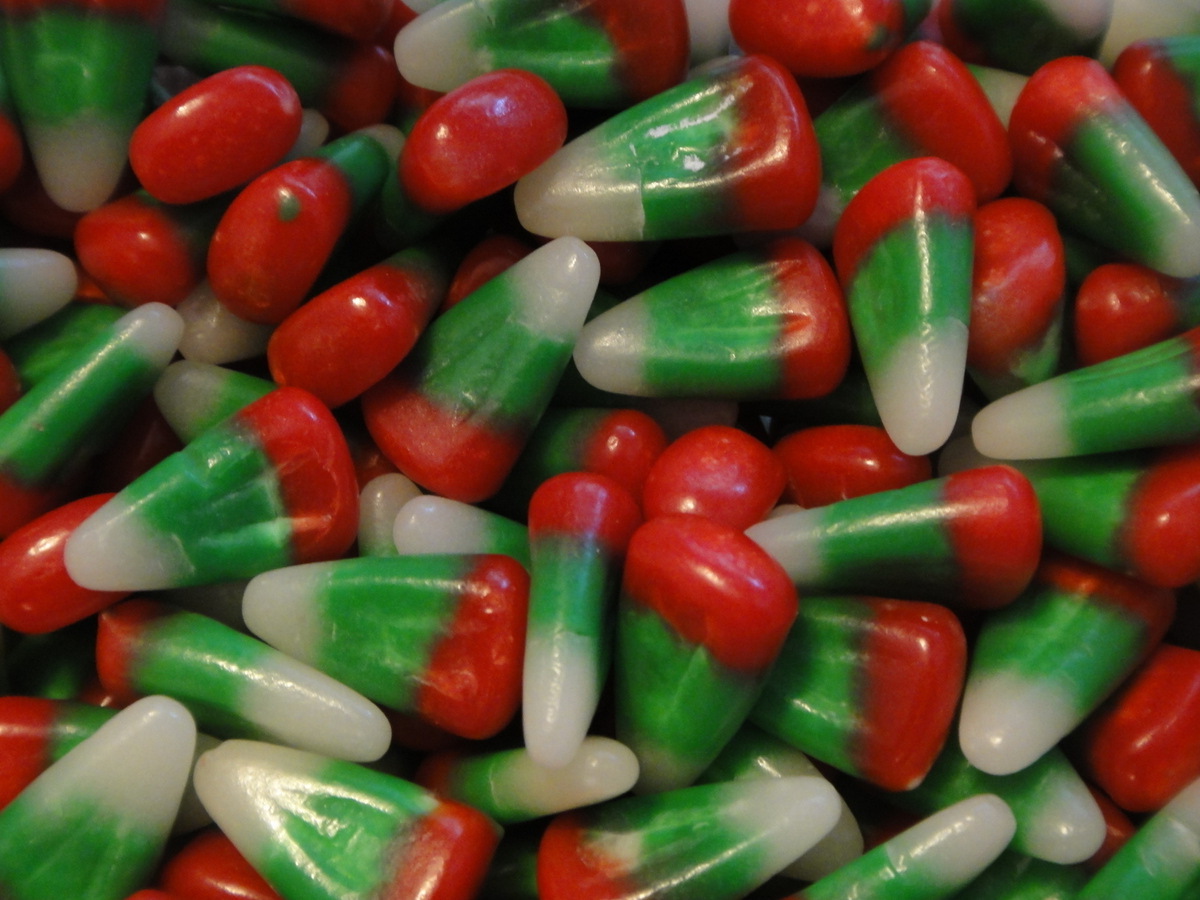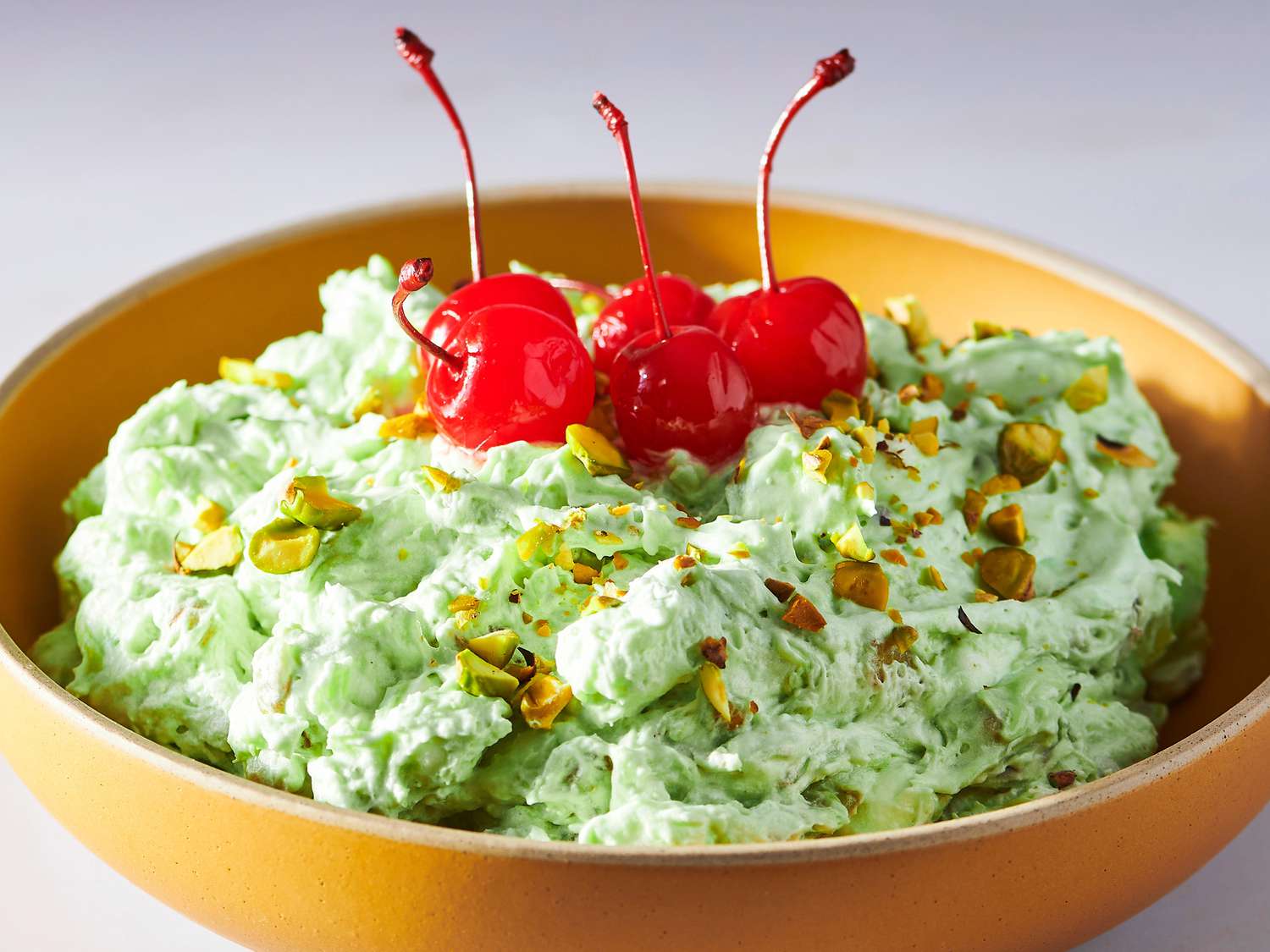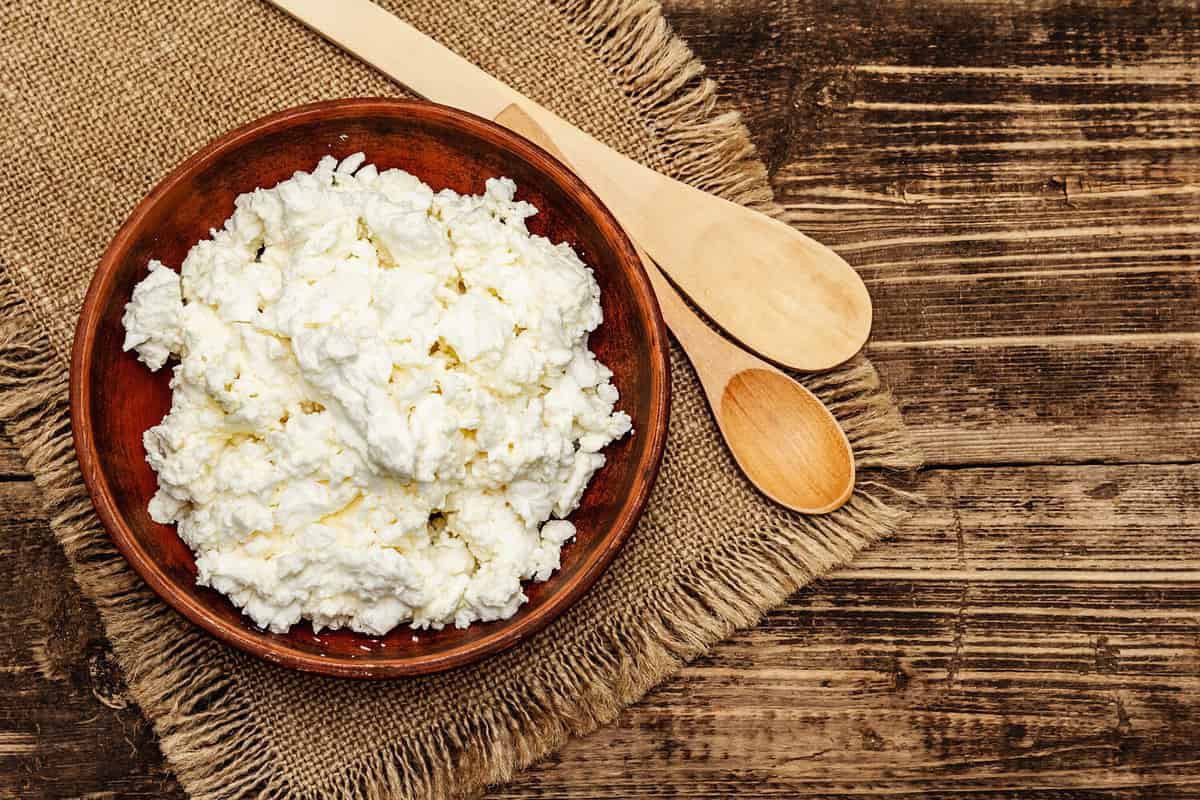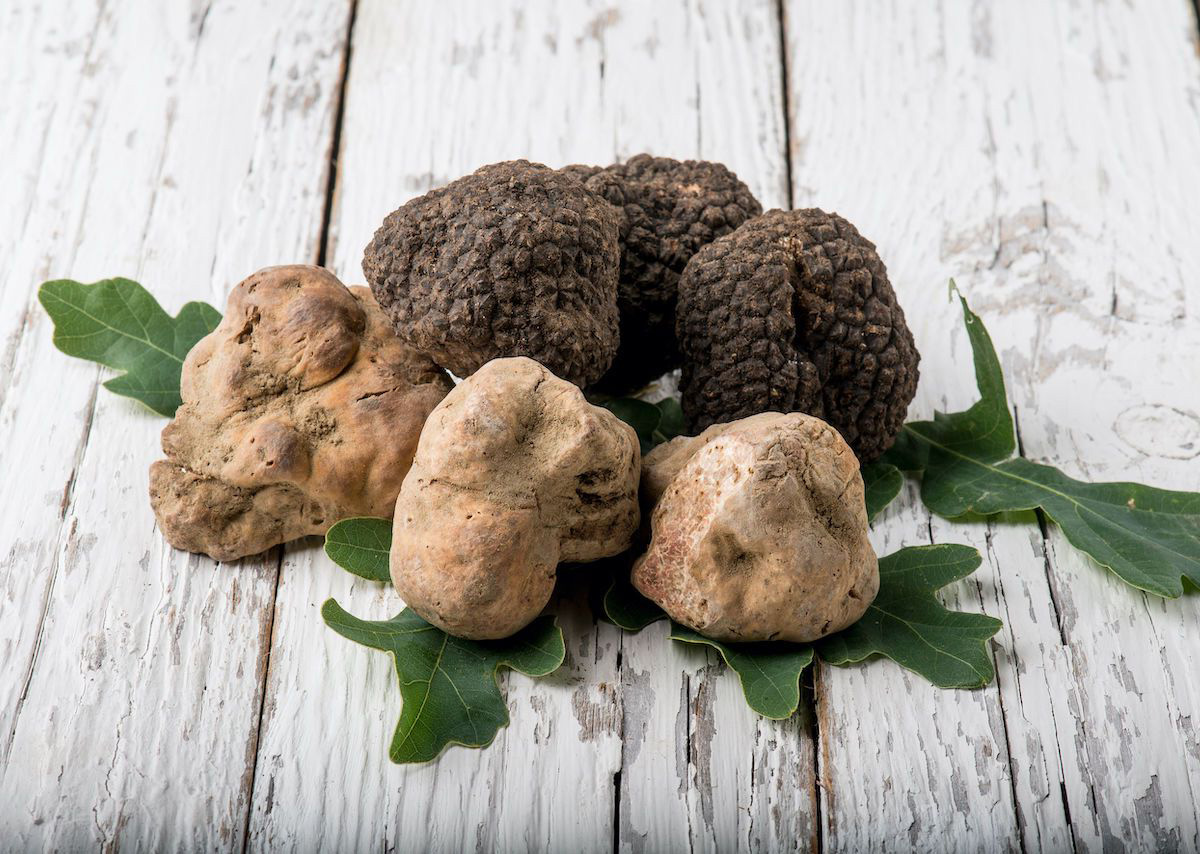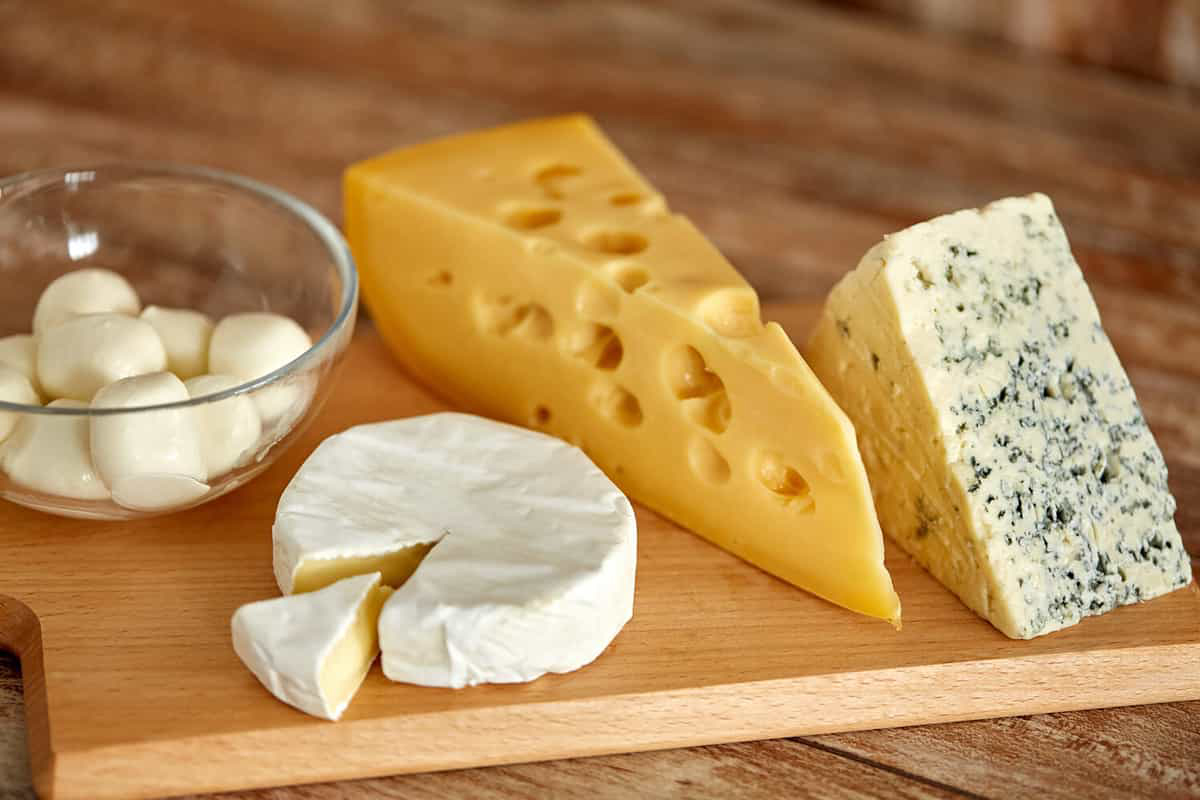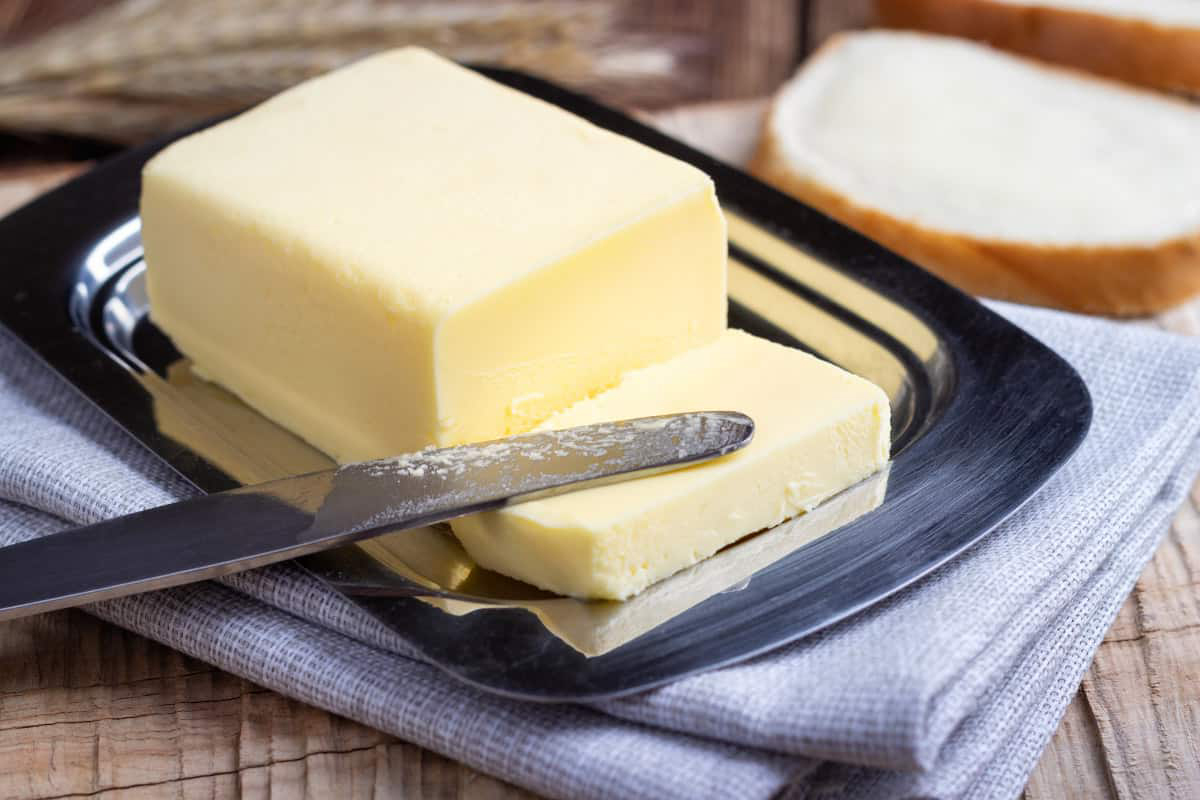Understanding the Difference Between Bread Machine Yeast and Active Dry Yeast
When it comes to baking bread at home, yeast is an essential ingredient that helps the dough rise and gives the bread its fluffy texture. However, there are different types of yeast available in the market, and two popular options are bread machine yeast and active dry yeast. While both serve the same purpose of leavening bread, there are some key differences between the two.
Bread Machine Yeast
Bread machine yeast, also known as instant yeast, is a fast-acting yeast that is specifically designed for use in bread machines. This type of yeast is milled into smaller particles than active dry yeast, allowing it to dissolve and activate more quickly. Bread machine yeast is often recommended for recipes that require only one rise, making it a convenient option for busy bakers.
Key characteristics of bread machine yeast include:
- Fast-acting
- Does not require proofing or rehydration
- Ideal for one-rise bread recipes
Active Dry Yeast
Active dry yeast is the more traditional form of yeast and has been used by home bakers for decades. Unlike bread machine yeast, active dry yeast needs to be dissolved in warm water before being added to the dough. This process, known as proofing, allows the yeast to activate and start fermenting, which in turn helps the bread rise.
Key characteristics of active dry yeast include:
- Requires proofing or rehydration
- Longer activation time compared to bread machine yeast
- Suitable for recipes that involve multiple rises
Choosing the Right Yeast for Your Recipe
When deciding between bread machine yeast and active dry yeast, it’s essential to consider the specific requirements of your recipe. If you’re using a bread machine or following a recipe that calls for only one rise, bread machine yeast may be the more convenient option due to its fast-acting nature. On the other hand, if you prefer traditional bread-making methods or your recipe involves multiple rises, active dry yeast may be the better choice.
It’s important to note that both types of yeast can be used interchangeably in most recipes, with some adjustments to the activation process and rising times. However, for optimal results, it’s recommended to use the type of yeast specified in the recipe.
Conclusion
While bread machine yeast and active dry yeast both serve the same fundamental purpose of leavening bread, their differences in activation time and usage requirements make them suitable for different types of recipes. By understanding the characteristics of each type of yeast and considering the needs of your specific recipe, you can choose the right yeast to achieve the perfect rise and texture in your homemade bread.
Next time you’re in the kitchen baking bread, consider the differences between bread machine yeast and active dry yeast to ensure that your loaves turn out just the way you want them.
Was this page helpful?
Read Next: What Is Aubergine
AmberRose3123
I am a web developer at https://softskeys.org/



